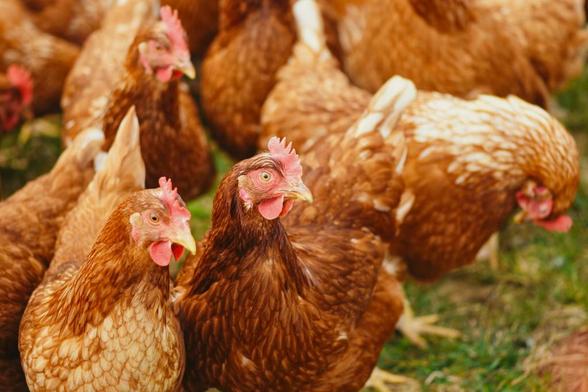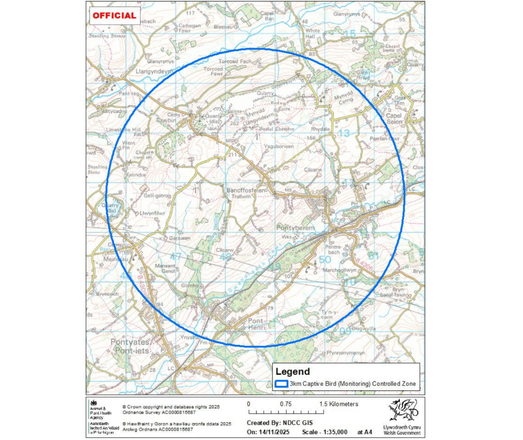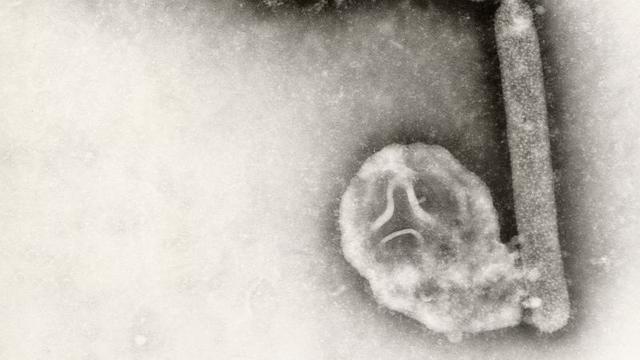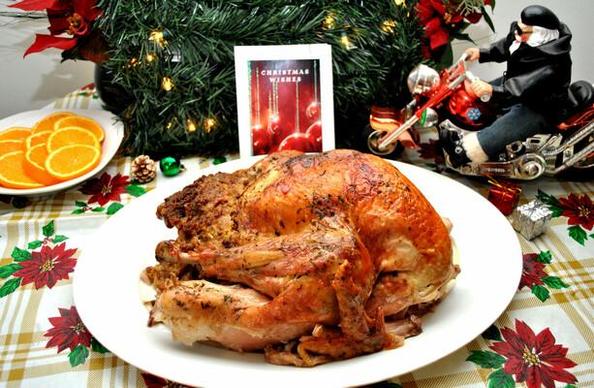Bird flu confirmed in Pontyberem area
In response, the Welsh Government has declared a 3km Protection Zone and a wider 10km Surveillance Zone around the site. The Government says these restrictions are designed to stop the disease spreading and apply to anyone keeping poultry or other birds.
The council said its Animal Health Officers will visit homes, farms and businesses within the zones to check for birds and ensure biosecurity rules are being followed.
Officials stressed that the strain identified is dangerous for birds but presents a very low risk to people. The council added that residents who do not keep birds do not need to take any action.
Cllr Aled Vaughan Owen, Cabinet Member for Climate Change, Decarbonisation and Sustainability, said:
“The identification of avian influenza in the Pontyberem area is very sad news for the poultry keeper involved, however I want to reassure residents that this virus presents a very low risk to human health. I urge the keepers of poultry or other birds in the area to follow the enhanced biosecurity measures.”
He also noted that all bird keepers across Wales remain subject to national prevention rules introduced earlier this month.
Maps showing the zones and full guidance are available on the Welsh Government website.
Map showing the 3km Protection Zone and 10km Surveillance Zone around Pontyberem following confirmation of avian influenza in poultry.The council has reminded residents that dead wild birds such as swans, geese, ducks, gulls or birds of prey should be reported to the Defra Helpline on 03459 33 55 77 (option 7).
#avianInfluenza #biosecurity #birdFlu #carmarthenshireCouncil #carmarthenshireCountyCouncil #ducks #farm #geese #hens #pontyberem #poultry #protectionZone






